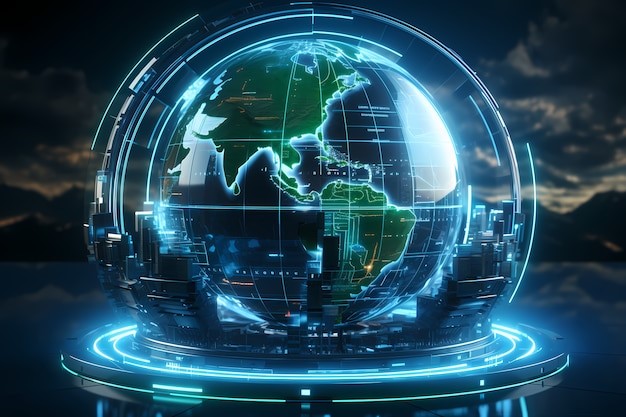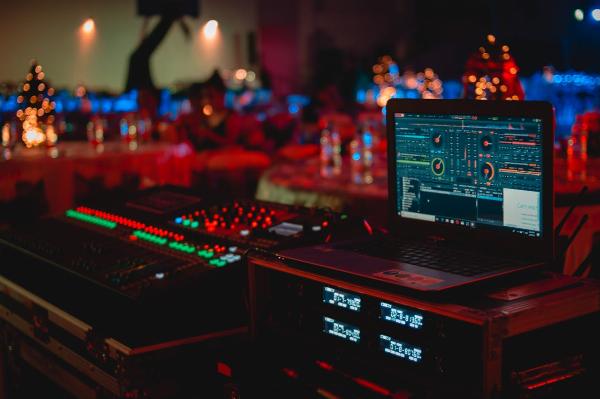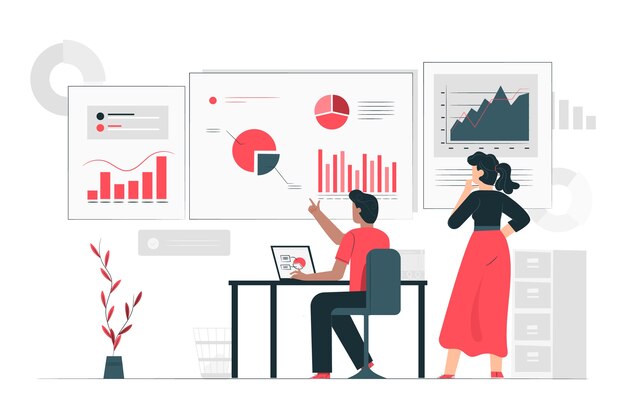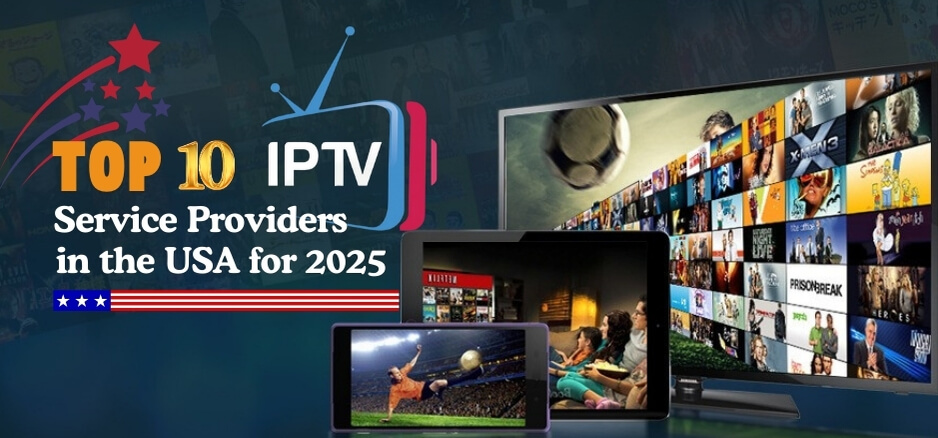The Future is Connected: IoT Trends Defining 2025

Strong 8k brings an ultra-HD IPTV experience to your living room and your pocket.
Not long ago, IoT was about smart bulbs, fitness trackers, and connected thermostats. Fast-forward to 2025, and the landscape has matured into something far more strategic. We’re now looking at intelligent ecosystems where devices not only talk to each other but learn, predict, and autonomously act. IoT is no longer an accessory to modern life—it’s integral to how industries operate, cities function, and consumers interact with technology.
With the global number of connected IoT devices expected to exceed 30 billion in 2025, the technology is set to be one of the strongest drivers of digital transformation. Let’s break down the most pivotal trends shaping this momentum and how businesses can prepare for an even more interconnected tomorrow.
1. AI and IoT: From Data Collection to Autonomous Decision-Making
The integration of Artificial Intelligence (AI) with IoT—commonly referred to as AIoT—has entered a new phase. In 2025, AI is not just making sense of the data collected by devices, but actively training models in real time.
From predictive maintenance in manufacturing plants to dynamic energy distribution in smart grids, AI is shifting the IoT model from being reactive to proactive. This year, edge AI has become especially critical: data is now processed closer to where it’s generated, reducing latency and dependence on centralized cloud servers. As a result, decision-making is faster, more accurate, and more secure.
2. Massive Uptake of IoT in Industry 5.0
2025 marks the dawn of Industry 5.0, where human-machine collaboration is key. Unlike Industry 4.0’s focus on automation, Industry 5.0 emphasizes personalization, sustainability, and human-centric design. IoT serves as the backbone of this shift.
Factories now use sensor data not just to optimize workflows but to customize outputs based on real-time demand. Wearable IoT devices are being used by factory workers to ensure safety, monitor fatigue, and improve ergonomics. The interplay between cobots (collaborative robots) and human input, facilitated by IoT data, is helping businesses boost efficiency without sacrificing customization or ethical standards.
3. IoT and Cybersecurity: New Frontiers for Risk Management
As IoT scales, so do its vulnerabilities. In 2025, zero-trust architecture will have become the standard security framework for any IoT deployment. It assumes no device, user, or system is secure by default, leading to continuous verification, encryption, and strict access control.
Blockchain-based IoT security models are gaining traction for their ability to create tamper-proof logs and decentralized authentication. Moreover, with the rise of regulatory frameworks like the IoT Cybersecurity Improvement Act, companies must now comply with strict guidelines concerning device integrity, firmware updates, and threat detection mechanisms.
Cybersecurity isn’t just a technical issue in 2025—it’s a boardroom conversation.
4. Sustainability Through Smart Infrastructure
Environmental concerns have elevated IoT’s role in sustainability. In smart cities, IoT is optimizing traffic flows to reduce emissions, managing street lighting based on real-time occupancy, and monitoring air quality block by block.
Agriculture has seen a boom in precision farming, where IoT sensors measure soil moisture, nutrient levels, and crop health to minimize waste and maximize yield. Smart irrigation systems in 2025 can now adjust water usage in real time based on weather forecasts and plant requirements.
The goal is clear: use IoT to reduce the environmental footprint while maximizing operational efficiency.
5. 5G and Satellite IoT: Ubiquity Beyond Urban Centers
Connectivity bottlenecks have long limited IoT adoption in remote or underdeveloped regions. That’s changing in 2025. With widespread 5G deployment and the growing capabilities of Low Earth Orbit (LEO) satellites, IoT networks now extend to remote factories, ships at sea, and rural farmlands.
This newfound ubiquity allows for global supply chains to operate with real-time visibility, even in previously unreachable areas. Logistics companies can track containers across oceans, and conservationists can monitor wildlife migration patterns in real-time, all thanks to satellite-powered IoT.
6. IoT in Healthcare: From Monitoring to Intervention
The post-pandemic world accelerated the adoption of remote healthcare, but 2025 has turned the corner from monitoring to intervention. IoT-enabled wearables now go beyond reporting vitals—they offer early warnings and, in some cases, trigger pre-approved responses.
For instance, a smart insulin pump can now monitor glucose levels, adjust dosages, and alert healthcare providers automatically. Hospital asset tracking, patient flow optimization, and smart surgical instruments are becoming standard across major healthcare networks.
The FDA and other health regulatory bodies have also set new protocols for IoMT (Internet of Medical Things), ensuring device interoperability, data privacy, and clinical accuracy.
7. Consumer IoT Grows Up: Smart Homes Get Smarter
Smart home tech has entered a new era. In 2025, it’s no longer just about controlling lights or adjusting the thermostat through an app. Homes are becoming autonomous living systems, capable of learning routines, predicting needs, and responding to emergencies.
Imagine waking up and your home already knows it’s your meeting-heavy day. The shower warms up, coffee brews, and the calendar flashes on the mirror display. In case of smoke or carbon monoxide detection, the system not only alerts you but also opens vents, unlocks doors, and contacts emergency services.
Voice assistants have become more intuitive thanks to large language models, enabling context-rich conversations that blend AI with IoT. Privacy controls have also improved, giving users greater transparency into what data is collected and how it’s used.
8. Interoperability and Open Standards Take Center Stage
Fragmentation has long plagued IoT adoption. Too many proprietary protocols led to compatibility headaches. In 2025, open standards and interoperability frameworks will have matured significantly. Initiatives like Matter, OPC UA, and W3C WoT (Web of Things) are now widely adopted across industries.
This interoperability ensures that devices from different vendors can seamlessly exchange data, creating unified ecosystems instead of siloed networks. It’s a shift that empowers enterprises and consumers to make better choices without being locked into one platform.
9. IoT-Driven Digital Twins Become Standard in Operations
Digital twins—virtual replicas of physical assets—are no longer futuristic. Powered by real-time IoT data, they’re now essential tools in industries like manufacturing, logistics, and energy.
In 2025, digital twins can simulate an asset’s lifecycle, stress-test scenarios, and help teams predict failures before they occur. Whether it’s monitoring turbine efficiency in a wind farm or planning factory layouts, digital twins offer an unparalleled blend of insight, foresight, and control.
These models are now tightly coupled with AI and cloud computing, allowing for real-time synchronization and predictive analytics that were previously impossible.
10. The Rise of IoT Platforms and Ecosystem Partnerships
IoT solutions are becoming less about standalone devices and more about platform-based ecosystems. Vendors now provide modular platforms that integrate hardware, software, cloud services, and analytics.
Companies no longer build everything from scratch. Instead, they leverage partnerships and integrations to accelerate deployments. This has led to a growing ecosystem of top IoT companies offering end-to-end solutions, from sensor design and connectivity to AI analytics and cybersecurity.
As a result, businesses can now deploy solutions in weeks rather than months, with the flexibility to scale or adapt as their needs evolve.
Final Thoughts
The IoT story in 2025 is not one of gadgets, but of intelligence, orchestration, and measurable impact. It’s about connected systems that evolve with the user, anticipate needs, and operate at a level that humans alone cannot achieve.
Whether you're in manufacturing, healthcare, agriculture, or urban planning, the future is connected—and it's already here. What’s needed now is a clear vision, the right partnerships, and a proactive approach to leveraging IoT as a competitive and sustainable edge.
The companies that recognize this today will be the industry leaders of tomorrow. Those who don’t risk being left behind in a world that’s always on, always learning, and always evolving.
Note: IndiBlogHub features both user-submitted and editorial content. We do not verify third-party contributions. Read our Disclaimer and Privacy Policyfor details.







